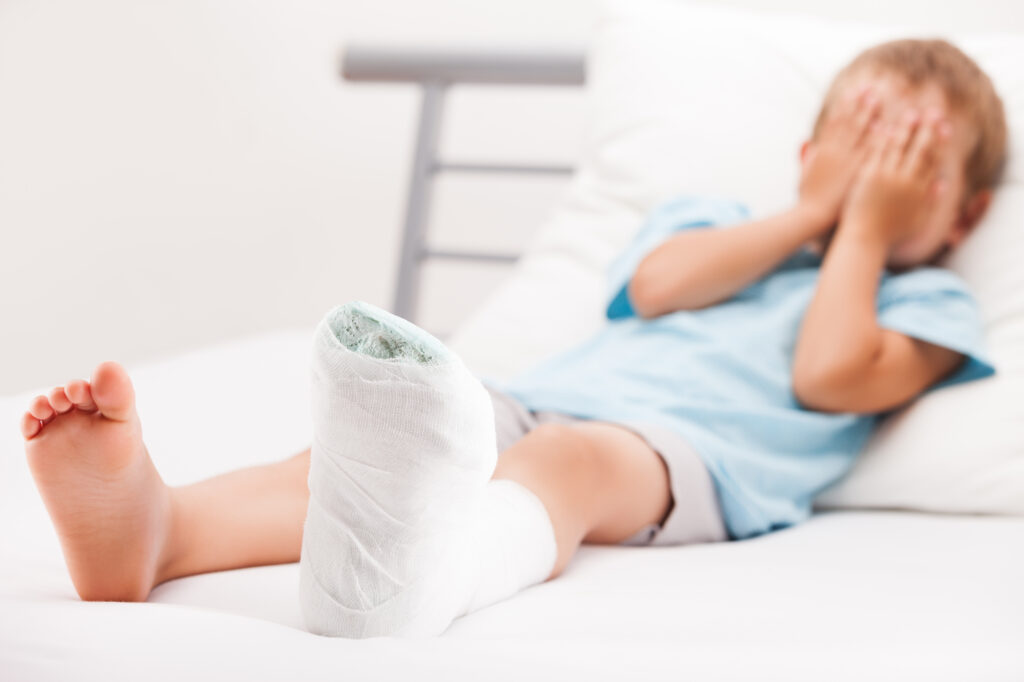
Cracks in the epidermis at the back of the heel are frequent, are painful, and do not appear very good. They happen when the fat pad beneath the heel expands out side to side beneath the foot and the dried-out skin cracks or splits to create a heel fissure. A great way to fully understand them is to use the example of a tomato being squashed. When you apply force to the tomato to squash it, the skin around the tomato cracks as the insides forces outwards. So it is with the heel. As bodyweight compresses the fat under the heel it stretches out sideways from underneath the heel, it tries to tear the skin around the perimeter of the heel. If this succeeds or not is going to depend on how supple and strong that the epidermis is. If the skin is dry, thicker or callused, it will tear quickly. If the skin is thicker with a layer of callus, that skin will crack easily and put a strain on the healthy skin below that will become somewhat painful, sometimes bleeding. Every step that is taken with further open the split and prevent it from getting better. This is more prevalent in those that use open heel type shoes, as a closed in shoe can help keep the fat pad beneath the heel in position and help avoid or lessen the effects of this.
The most effective short term relief of cracked heels is to have the callused skin cut back by a podiatrist and then use tape to hold the edges of the crack together so that it can heal. The long term prevention of cracked skin around the heel ought to be clear from the process that was explained above. To begin with, weight loss will help decrease the problem, but this is a long term concern. To help stop the fat pad beneath the heel from broadening out sideways and trying to split the skin, a closed in shoe needs to be worn and in some cases the use of deep heel cup orthotics can help. A foot doctor should really be seen regularly to debride any thick callused skin. Creams ought to be used regularly to keep the skin supple so that it does not fissure. The use of filing tools to maintain the thick skin in check can also be used.

